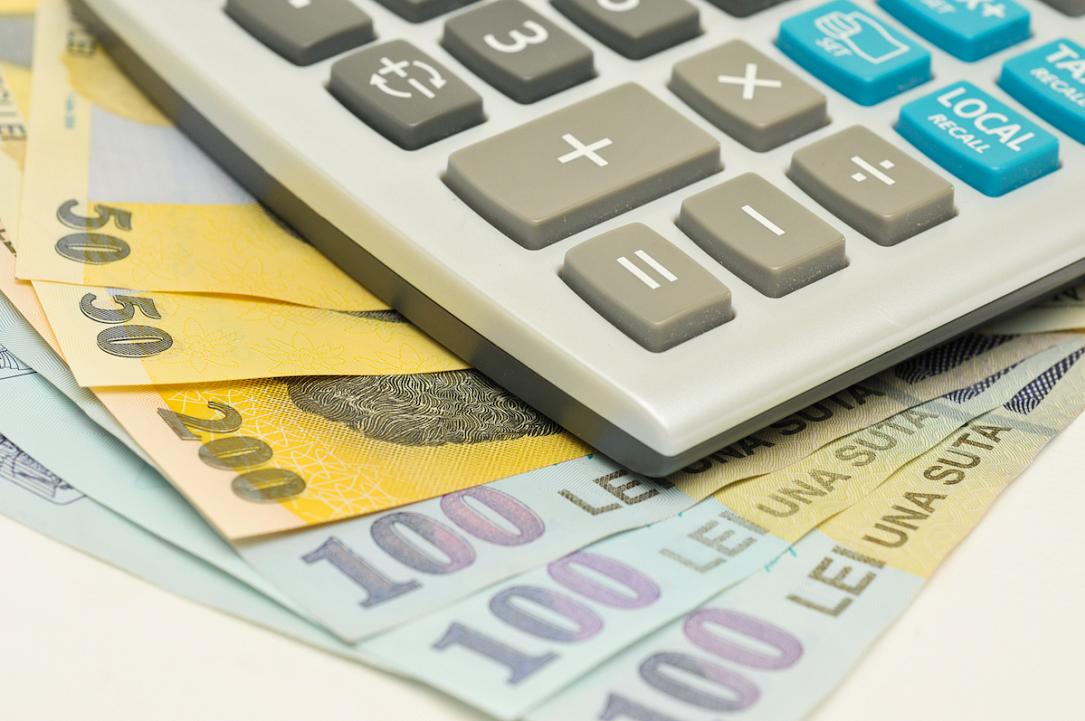Romania confirms Q1 public deficit up 22% y/y, yet 25% smaller than target



Romania’s general government budget deficit increased by 22% y/y to RON 43.7 billion (EUR 8.8 billion), or 2.28% of the GDP expected by the government for the whole year, the Finance Ministry announced on April 25. Although below the 3%-of-GDP target, the figure puts pressure on the government to come up with new restrictive fiscal measures after the May presidential elections.
Revenues increased by 6.9% y/y to RON 141.3 billion, with the fiscal revenues rising by 10.0% y/y. The transfers from the EU budget were 25% smaller than last year (only RON 9.2 billion or EUR 1.8 billion).
The total expenditures increased by 10.2% y/y to RON 185.0 billion, but the spending not counting those financed from transfers from the EU budget and not counting investments surged by 13.1% y/y. Notably, the public payroll still rose by 15.3% y/y despite the wages being “frozen” (at the level of December 2024).
The interest on public debt surged by 64% y/y to RON 12.5 billion (6.8% of total expenditures, up from 4.5% last year). The investments increased by 11.4% y/y to RON 25.1 billion (EUR 5 billion).
The expenditures for goods and services necessary to the functioning of the administration increased by only 2.3% y/y, reflecting the government’s attempts to stick with the fiscal consolidation plans.
The Q1 deficit reflects “the challenges of the internal and external economic context,” finance minister Tanczos Barna commented for Agerpres, as reported by Economica.net. However, he also claimed that “the first results of the measures taken to restore the budget balance” are visible.
Detailed data show, however, that the absorption of EU funds has not improved while the core expenditures, pushed up by rising interest and sticky payroll, keep growing faster than the fiscal revenues (+13.1% y/y versus +10.0% y/y).
“For [supporting the positive trends], we need, first of all, political stability, but also a joint effort from all state institutions,” minister Tanczos Barna said, pointing to the May 4 and May 18 presidential elections and their impact on the functioning of the ruling coalition.
The rating agencies and investors expect more clarity and a new fiscal consolidation package after the elections, or else their sentiment may deteriorate with a visible impact on the cost and availability of financing.
The Q1 deficit figure confirms reports leaked in the media last week, which consolidated analysts’ expectations for a full-year gap of around 9% of GDP – versus a 7%-of-GDP official target and a 7.5% gap seen by Fitch as still acceptable. Last week, the IMF updated its macroeconomic forecast for Romania, including a 7.8%-of-GDP public deficit and 1.6% economic growth (compared to 2.5% under the Executive’s baseline scenario inked in January).
The overall 2.28%-of-GDP public balance in Q1 certainly sends a negative message to investors, when compared to the 7%-of-GDP full-year target or even to the same period last year (2.04%-of-GDP deficit). But as Cursdeguvernare.ro reminded, the government envisaged in advance a wide deficit in the first quarter of the year: 3% of GDP, or RON 58.0 billion in absolute terms – well above the RON 43.7 billion actual deficit.
In part, the wide deficit target for the first quarter of the year reflects the payments deferred in December when the government was striving to window-dress the yearend figures. But it was certainly also designed to include unplanned extra expenditures ahead of the presidential elections.
Both these elements tone down the positive message of the below-planned deficit figure – because the target was simply set too low for various reasons, deferring the fiscal consolidation efforts for the period after the presidential elections.
iulian@romania-insider.com
(Photo source: Alexandru Marinescu/Dreamstime.com)